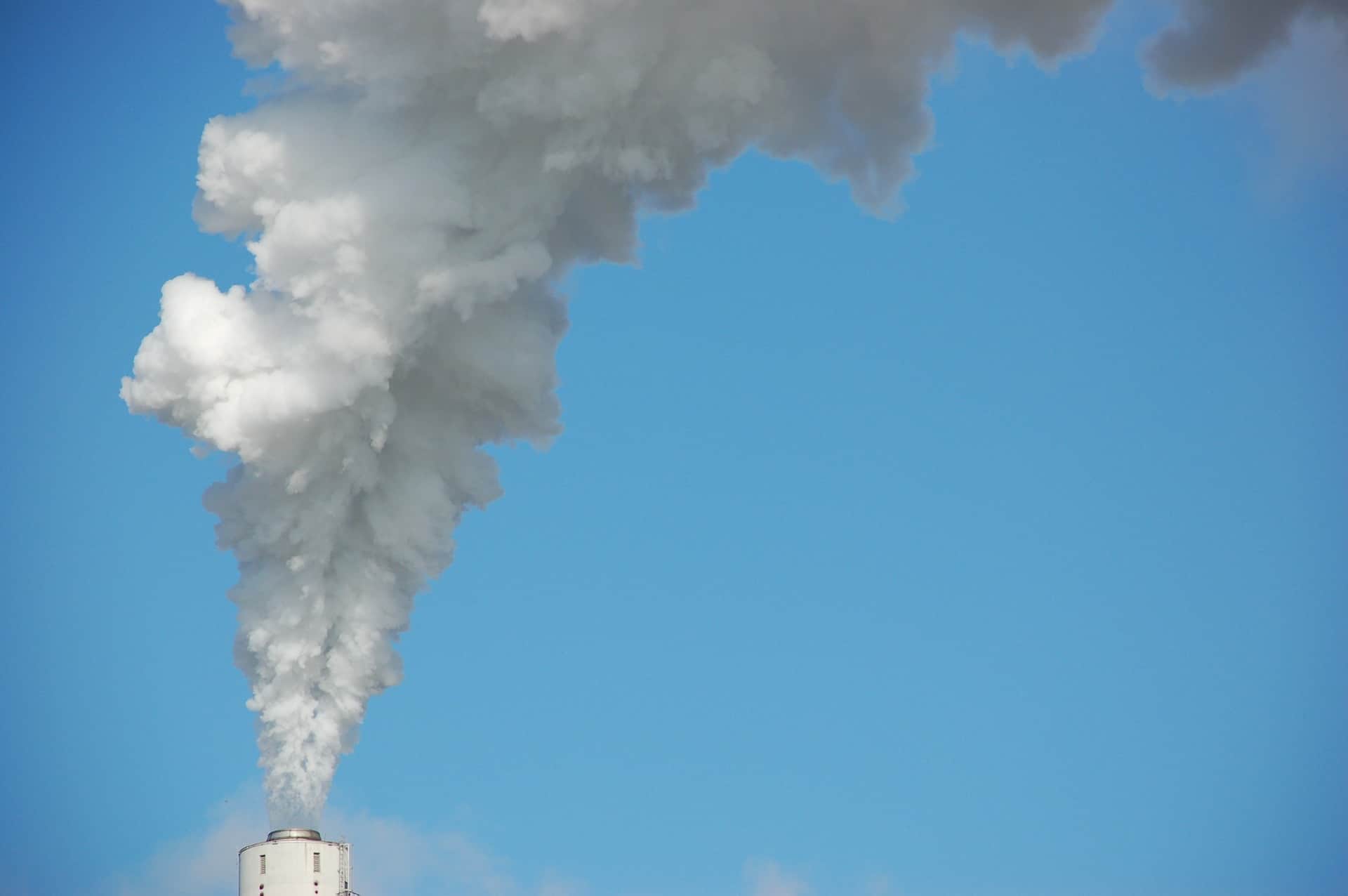- Hazardous materials (HazMat) are solids, liquids, dusts, mixtures or gases that can cause harm to people and the environment.
- All aspects of HazMat are tightly regulated during storage, use, transportation and disposal.
- Hazardous chemicals each have their own Material Safety Data Sheet (MSDS) to inform workers about properties, safe handling, use, cleanup measures in case of accidental spillage and correct PPE that should be worn.
- Employers are referred to General Industry Standard 29 CFR 1910 Subpart H for Hazardous Materials.
- The OSHA Hazard Communication Standard (HCS) requires employers to provide their workers with training regarding HazMat.
- The U.S. Department of Transportation Pipeline and Hazardous Materials Safety Administration (PHMSA) is responsible for the regulation of the transportation of HazMat.
Related Examinetics Services
Hazardous Material Overview
Hazardous materials (HazMat) are solids, liquids, dusts, mixtures or gases that can cause harm to people and the environment. These substances may be toxic, explosive, flammable or radioactive or have other characteristics that make them generally hazardous. HazMat are therefore tightly regulated to ensure the safety of all those who may come into contact with them. In the workplace, regulations exist to ensure safety during transportation, storage, use and disposal of HazMat.
Material Safety Data Sheets (MSDS)
There are thousands of hazardous chemicals listed in various databases, including Material Safety Data Sheets (MSDS). MSDS, from chemical manufacturers, document the physical properties of a chemical and provide information on the safe handling, storage, use and disposal of a chemical. MSDS are designed to ensure that workers who use a particular chemical are clear on the characteristics of that chemical and that they are aware of appropriate Personal Protective Equipment (PPE) that they should wear to protect them in the event of direct contact. MSDS also list the measures that should be taken in case of accidental spillage.
OSHA Regulations
Employers should be aware of the General Industry Standard 29 CFR 1910 Subpart H for ‘Hazardous Materials’. For those working in shipyard employment and in construction, employers should refer to standards 29 CFR 1915 Subpart Z and 29 CFR 1926 Subpart Z respectively. The standards outline the mandatory requirements that employers must adhere to when dealing with particular chemicals or hazardous substances. They also list MSDS sheets for certain chemicals, technical guidelines, medical surveillance guidelines and appropriate guidelines associated with PPE.
Employers are required to provide training to any employee who is likely to come into contact with chemicals at work. The OSHA Hazard Communication Standard (HCS) is regarded as essential reading on this matter. To help employers implement an effective training program, OSHA has developed a helpful, draft model training program for hazard communication.
The U.S. Department of Transportation Pipeline and Hazardous Materials Safety Administration (PHMSA) is responsible for the regulation of the transportation of HazMat and provides numerous factsheets on particular chemicals, hazardous substances (eg. benzene, cadmium and formaldehyde) and the safety data and regulations associated with them. Take a look at the PHMSA website, featured in our Essential Links section, for their list of chemicals and the associated factsheets.
References
OSHA Safety and Health Topic: Hazardous and Toxic Substances
U.S. Department of Labor Occupational Safety and Health Administration
PHMSA – HazMat Safety Community
PHMSA – HazMat Safety Community
Business Owner Briefing
Right to Know Hazardous Substance Fact Sheets
Medical Director Review
NIOSH Document: Pocket Guide to Chemical Hazards
—
